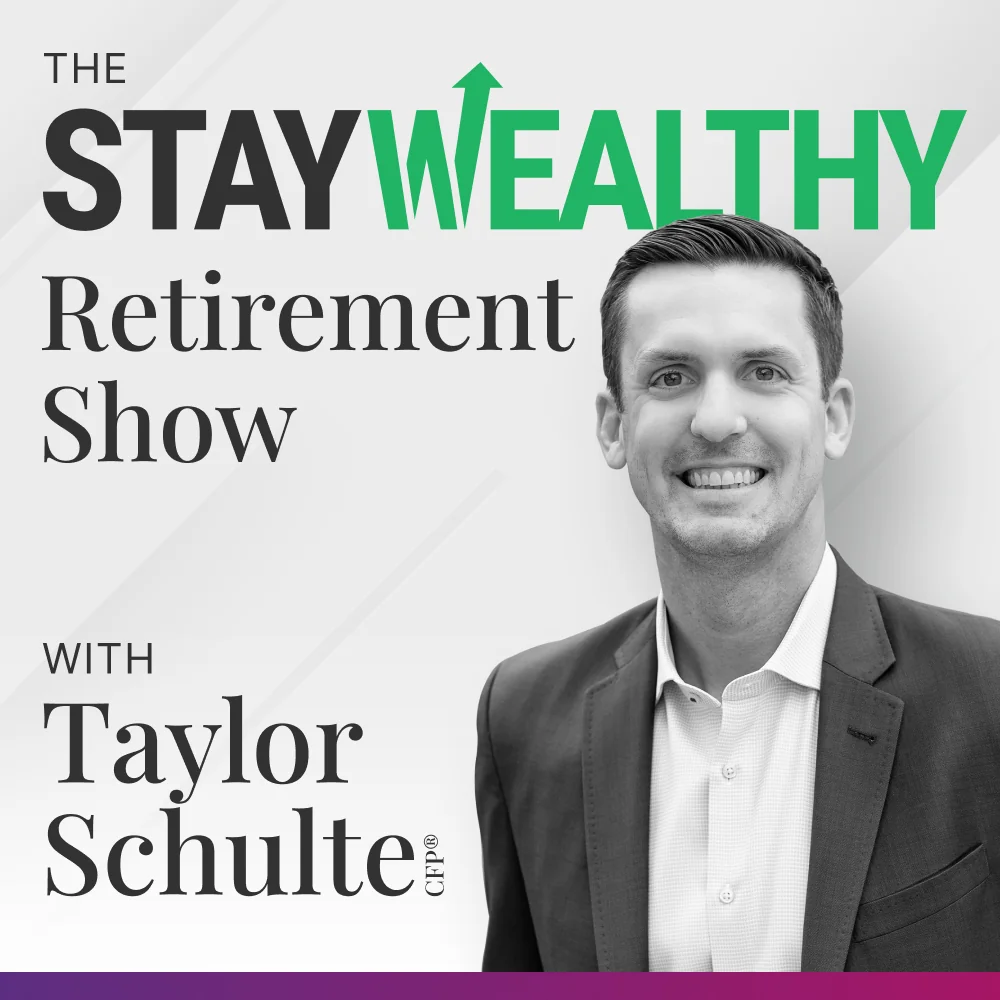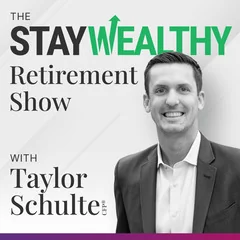Today, guest host Jeremy Schneider takes a deep dive into the COVID-19 stock market crash of 2020.
Specifically, he’s talking about:
Key Takeaways
- What the trading circuit breaker is and why it exists
- How the length and severity of the COVID crash stacks up to other historical catastrophic events
- What retirement investors should consider going forward when reviewing their investments
Jeremy also answers a listener’s question about rent vs buy given sky-high real estate prices.
If you’re a retirement investor interested in using history to make more informed decisions about the future, you’re going to love this episode.
How to Listen to Today’s Episode
Episode Links & Resources:
- 👉 Get Your One-Time Retirement Plan
- Jeremy Schneider
- Historical S&P 500 Data
- Visual of Crash and Recoveries
- Comparing Historical Stock Market Crashes:
- Rent vs Buy Calculator [NY Times]




